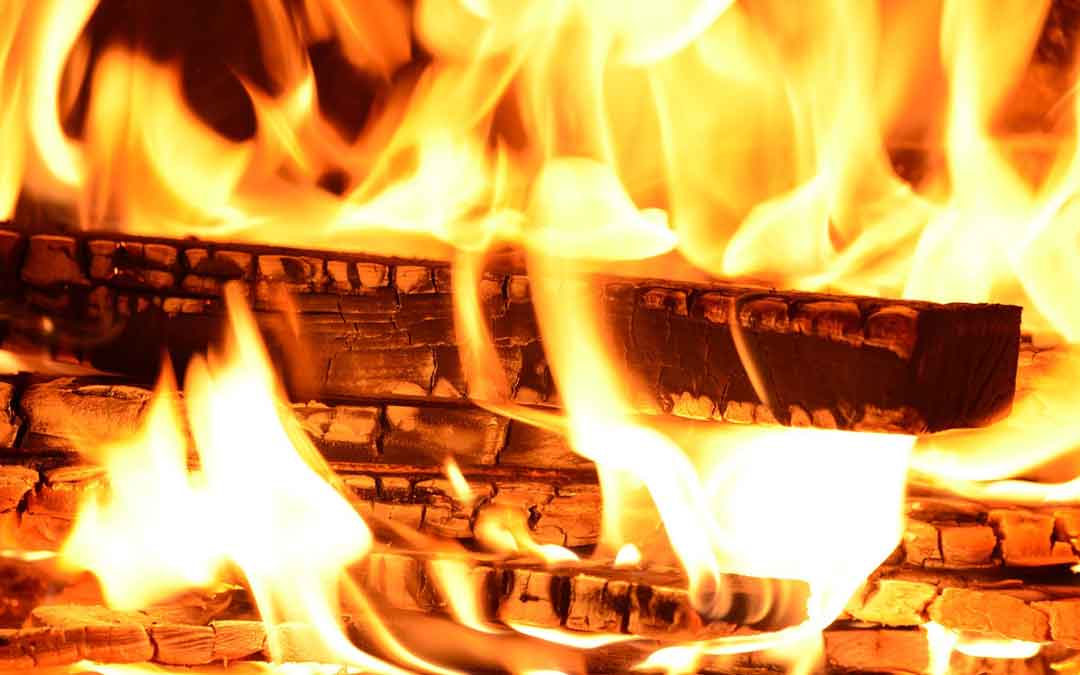The Burning Question

We may love a cosy winter fire at home, and enjoy the cheer, warmth, and of course, the pizza, when we fire up the pizza oven at the community garden, but we do need to be aware of best practice when burning and whether our wood comes from a sustainable and legal source.
We also need to be aware that burning wood is controversial and has been banned by some Councils and is likely to be banned by more in the future. This makes it even more important that wood burning is as efficient and sustainable as possible.
The most obvious measure that can be taken to lower emissions is to use only high-grade, dense, well-seasoned, untreated wood (i.e. well-dried wood as opposed to freshly cut wood) such as red gum from a sustainable source or plantation blue gum. If you are buying such wood, don’t buy from online marketplaces but do so from reputable wood merchants who are willing to tell you where they harvest their wood and guarantee it is from a sustainable source. Be prepared to pay top dollar. If you are getting ‘cheap’ firewood, it is probably sourced illegally. Be prepared also to not damp the fire down which causes smouldering and smokiness, and let the fire go out when you go to bed.
Next use firelighters rather than paper as these burn faster and at a higher temperature, reducing smoke and emissions. Firelighters that are eco-friendly do not contain petroleum products such as kerosene or paraffin wax.
Lastly, use particulate-reducing technology such as ‘SmartBurners’.
The SmartBurn is a metal device that looks like a very small pillow, 15cm long x 6cm wide, that sits inside the pizza oven or woodbox and releases a non-toxic agent that breaks down creosote in the flue keeping the flue open and free-flowing. It also enables wood to burn for longer and reduces emissions.
Other measures that can be taken include stacking wood under cover to keep it dry. (Never burn damp wood). Keep it away from walls so that there is airflow around it and it does not absorb moisture from them, and if not using SmartBurners, clean the flue once a year.
There are also grain or pellet heaters recommended by the Australian Government which use sawdust pellets or pellets made from grain. These produce fewer emissions than wood.
When it comes to the pizza oven, we used to use poor-quality scrap wood. This is not in keeping with our mission so we will need to purchase high-quality wood and implement every measure we can. We estimate that with the 4 hours of heating time and then several hours of cooking time, the cost may be as high as $60 on each occasion it is fired. We will need to find a way to fund that cost.
For detailed advice on ‘How to light and maintain your wood heater fire’ see the EPA Victoria reference below. This resource is a must-read for anyone burning wood.
References:
How to light and maintain your wood heater fire | Environment Protection Authority Victoria
Australian Government Department of Climate Change, Energy, the Environment and Water
Written by Robin Gale-Baker
